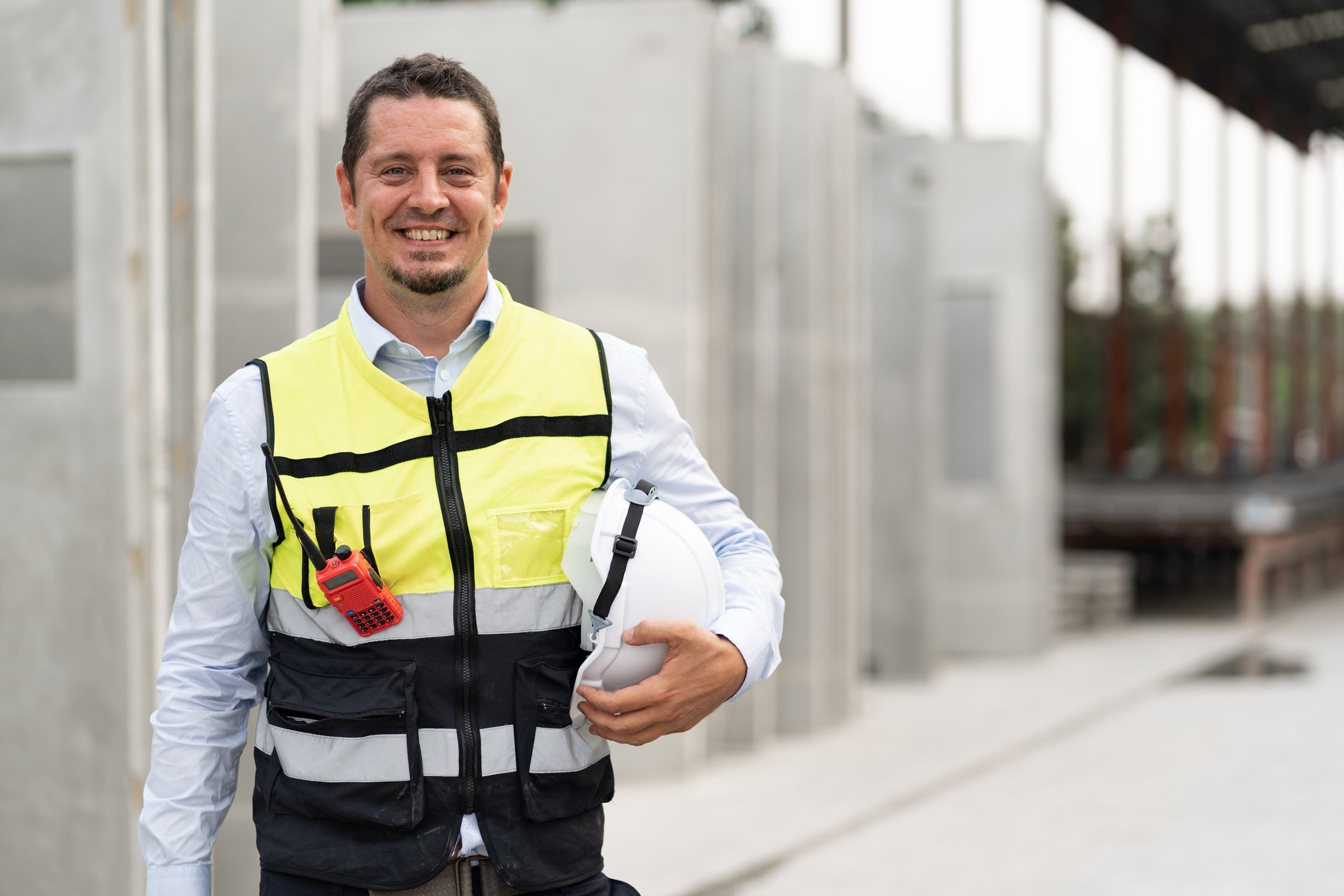Now that the global construction industry is once again firing on all cylinders after the slump caused by the COVID-19 pandemic, construction sites are once again bustling with activity. New projects have finally received sign-off and stalled projects are once again seeing frenetic levels of activity as crews work to make up for the lost time. And these levels of activity mean that once again safety is in the spotlight, and in particular the role that high visibility apparel can play in making sites safer. This high-visibility clothing and apparel are found on construction sites across the world. Fluorescent or reflective elements on the apparel are a proven way to decrease the number of workplace injuries, and for this reason, should always be in the inventory.
In order for management to make the right decision when it comes to the purchase of high-visibility clothing for construction workers a general knowledge of the types of visibility clothing is useful.
Firstly, it is important to note that safety apparel, including high visibility clothing and other sorts of apparel (such as gloves) are available in a number of variants. The apparel is subject to rules set in place by standards authorities across the globe and in the U.S. the appropriate standard is ANSI/ISEA 107, which clearly provides guidance as far as various types and classes of visibility apparel (and the industry affected by the regulations). Buyers of safety apparel in general need to ensure that the items that they are purchasing conform to the appropriate safety standards.
The type and design of the construction worker visibility apparel can differ markedly. As an example, the apparel can vary in color and the fluorescent elements that are part of its design. Common colors include yellow/green, and orange in highly visible or fluorescent variations. Before purchasing a large number of any particular style or item of high-visibility clothing the buyer should initially purchase a single item to test on-site. The golden rule is that the person wearing the apparel should then be highly visible at 1,000 feet.
In order to ensure that the construction site remains a safe environment there are several items of apparel that need to not only be purchased for members of the crew - but also as backups in case of loss, or damage.
These items can include helmets, gloves, ear and hearing protection, specialized eye protection, high-visibility clothing, and footwear. It is also important to note that rainproof, waterproof, and thermal visibility clothing will be required. By many definitions, safety equipment such as harnesses may fall into the category of 'apparel', and so might specialized breathing apparatus, and respiratory protection wear.
There are three keys to the purchase of the correct visibility clothing. The first is to ensure that the clothing that is purchased conforms to the industry and class requirements as stipulated by the appropriate standards authority. The second is to ensure that the clothing and other apparel that will be purchased is appropriate to the environment where it will be used. There is a difference between the requirements of an oil rig worker and a construction worker. Lastly, and perhaps most importantly is to ensure that the construction worker visibility apparel is manufactured by a company with a reputation for using the best quality materials to manufacture visibility apparel that will stand the test of time.
In other words - find a brand and manufacturer that has built a great reputation - or do some research on a review site.
Your choice of visibility apparel makes an enormous difference in so many ways. It ensures that employees are safe, that costly downtime is avoided, and is essential to avoid the scrutiny of regulatory authorities. Making the right choice is a business imperative.
Safety First - Types Of Construction Worker Visibility Apparel

